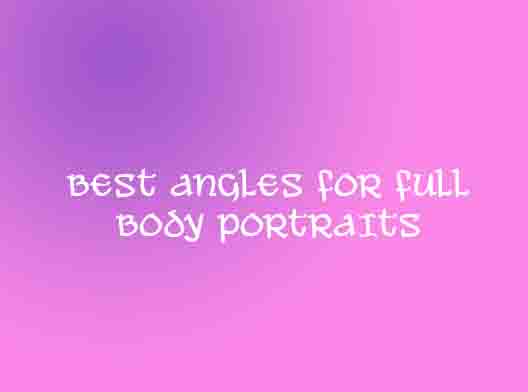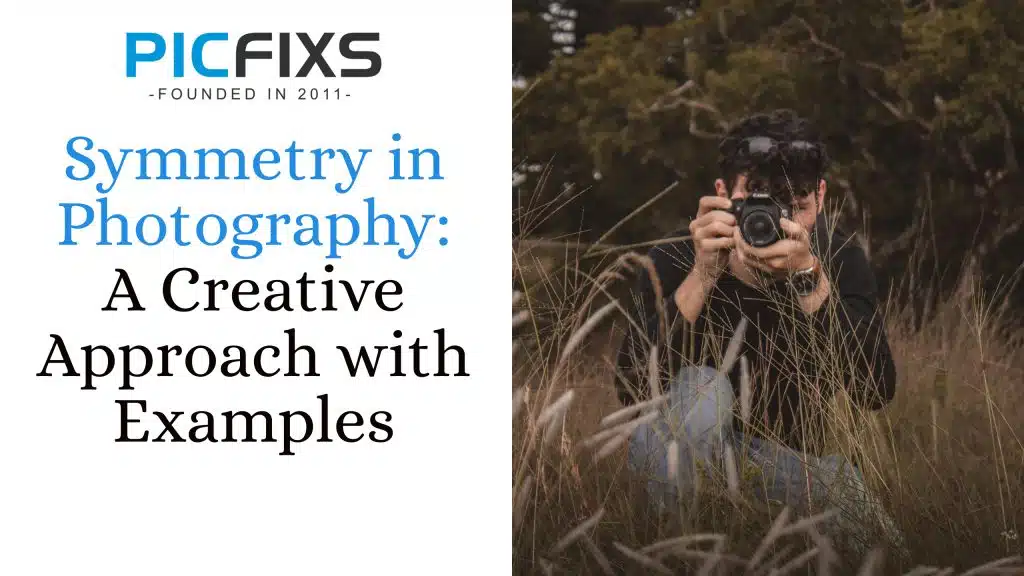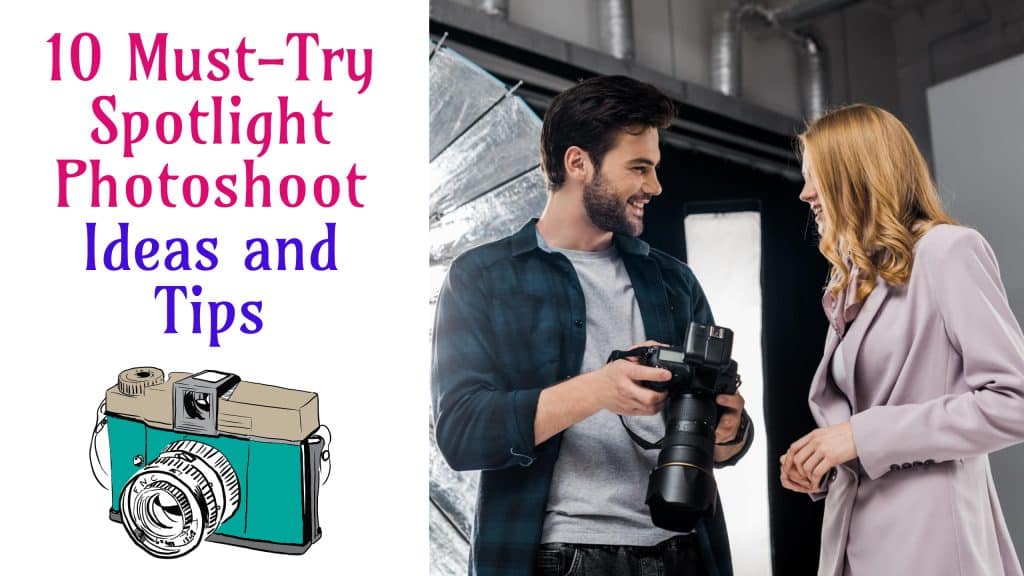When capturing full body pictures, choosing the right angles is crucial to take sharp photos and visually appealing images. Here are some tips best angles for full body pictures.
Best angles for full body pictures
Eye level
Shooting from eye level or slightly above is the best retouch tips for photographers, it can provide a balanced and natural perspective. This angle is often flattering as it avoids distortion and presents the subject in a more familiar way.
45-degree angle
Position yourself at a 45-degree angle to the subject. This can create a sense of depth and adds a dynamic element to the composition.
Leading lines
Use leading lines to guide the viewer’s eyes towards the subject. This can be achieved by positioning the subject along a path, a staircase, or any other lines in the environment.
Head-turned pose
Ask the subject to turn their head slightly away from the camera while keeping their eyes towards the lens. This can create a more interesting and engaging pose.
Natural stance
Encourage a relaxed and natural stance. Avoid stiff or forced poses, and let the subject stand or sit comfortably. This can help capture a genuine and authentic expression.
Full-length shots
Capture the subject from head to toe, providing context to the environment. Ensure that the feet are fully visible, and be mindful of the background to avoid distractions.
Dynamic poses
Experiment with dynamic poses to add energy and personality to the portrait. This could include walking, jumping, or interacting with the environment ad set the best angle for photography.
Reflections
If shooting near reflective surfaces, consider incorporating reflections in the composition. This can add a creative and unique element to the image.
Environmental interaction
Position the subject within their environment, interacting with elements like trees, architecture, or natural surroundings. This can add context and interest to the photograph.
Use of shadows
Experiment with the play of light and shadows. Side lighting can highlight the contours of the body, adding dimension to the image.
Slight tilt
A slight tilt of the body or head can add a sense of casualness and dynamism to the portrait. Avoid extreme angles, as they may create an unnatural appearance.
Foreground elements
Include foreground elements to frame the subject. This can be particularly effective in outdoor settings, using elements like flowers, grass, or other objects to add visual interest.
Rule of thirds
Apply the rule of thirds by placing the subject off-center. This can create a more balanced and visually appealing composition.
Use of props
Incorporate props that complement the subject’s personality or the theme of the shoot. Props can add visual interest and make the composition more engaging.
Depth of field
Experiment with depth of field to emphasize the subject. Use a wide aperture to create a shallow depth of field, blurring the background and drawing attention to the subject.
Remember that individual preferences and the specific context of the photoshoot will influence the choice of angles. It’s often helpful to communicate with the subject and encourage them to express themselves naturally, resulting in more authentic and appealing full-body portraits.











